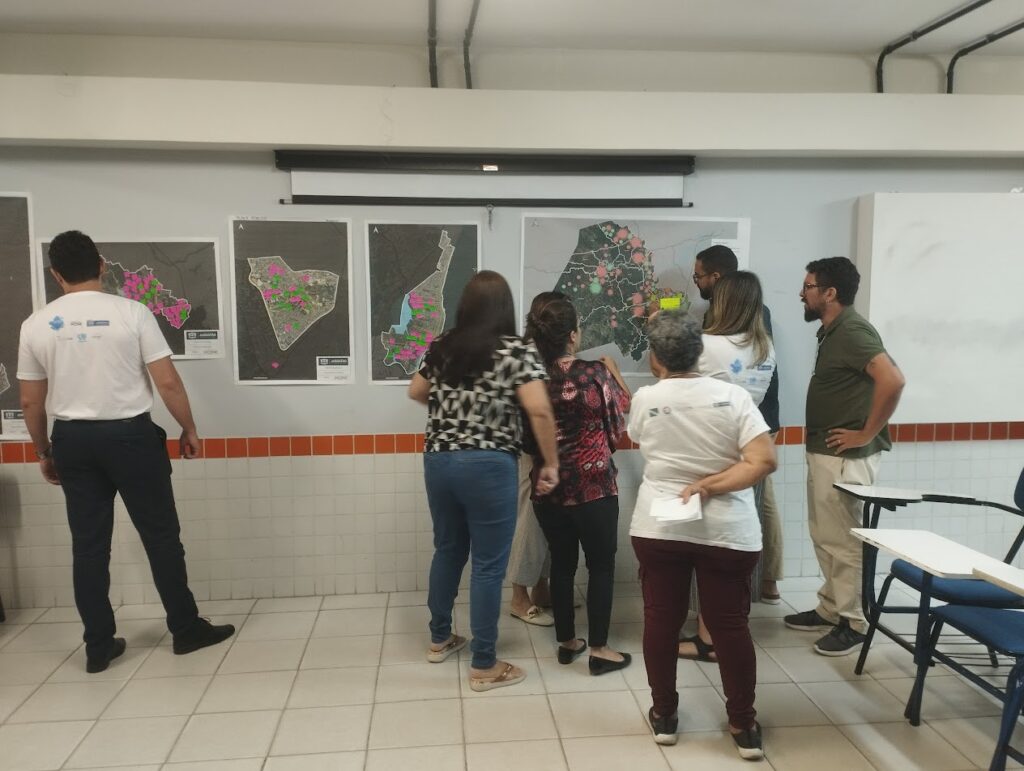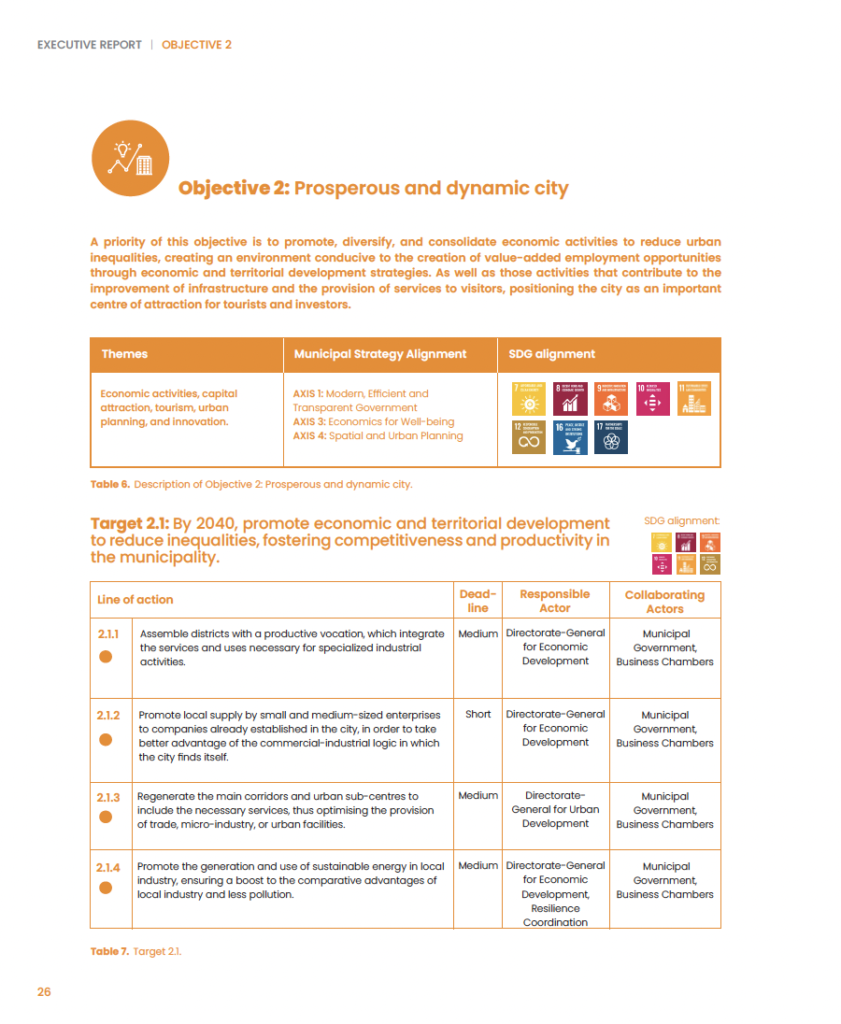
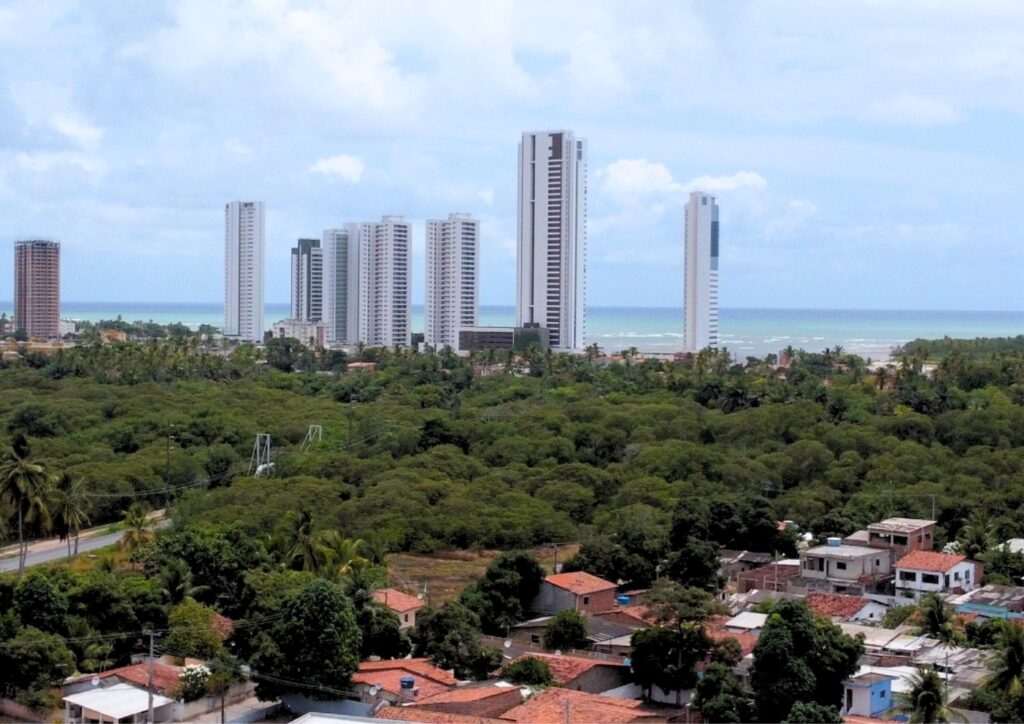
In an era of unprecedented fast urbanisation and increasing inequality, the role of urban planning has become crucial in cities aiming at promoting sustainable development. This article delves into the linkages between urban planning and the achievement of Sustainable Development Goals (SDGs), emphasising the importance of localising these goals into a comprehensive participatory planning cycle to ensure inclusive urbanisation and local sustainable development.
Introduction
A remarkable trend of urbanisation is taking place on a global scale, with close to 55% of the world’s population residing in urban areas. Projections suggest that this phenomenon will persist, potentially doubling the current urban population by 2050. Cities also host currently close to 75% of carbon emissions, 70% of energy consumption and 80% of GDP production, being at the forefront of the global battle for sustainable development and climate change. Effective management of urbanisation holds the potential for fostering sustainable development, resulting in potential heightened productivity and innovation. Data clearly shows the linkages between planned urbanisation and human development, the prevalence of informal settlements being the biggest bottleneck for the correlation between urban growth and the increase in income and health and education conditions (Figure 01).
Figure 1: Correlation between HDI and GDP per capita growth with unplanned urbanisation
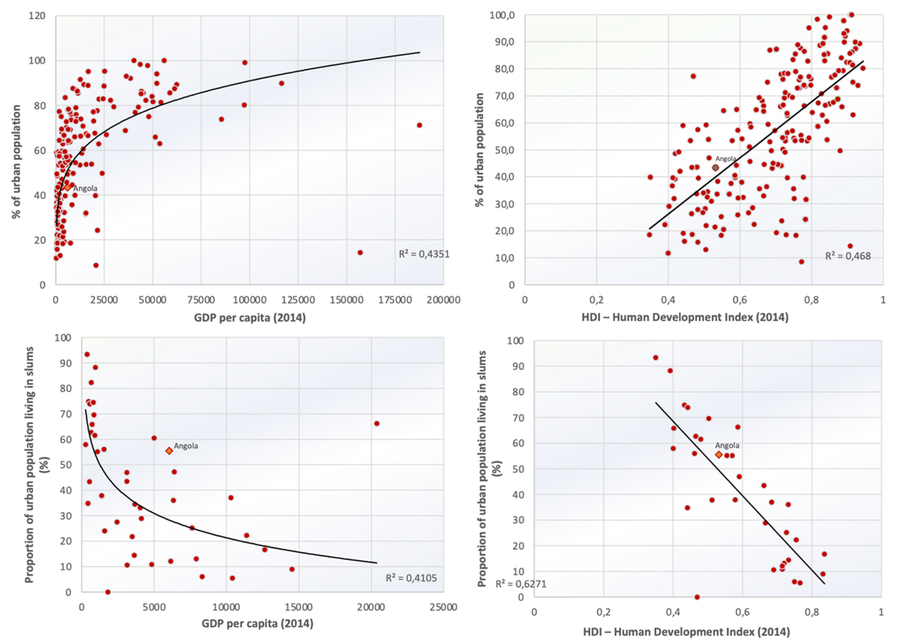
The recognition of the role of cities and urbanisation in sustainable development is a large consensus in the development community and recent global agendas. Among the 17 Sustainable Development Goals of the 2030 Agenda, one was entirely dedicated to cities: SDG 11, on sustainable cities and communities, which is organised in 10 targets aiming at making cities and human settlements inclusive, safe, resilient and sustainable. Urban issues, however, are not limited to these targets and can be identified in all other 16 SDGs, as illustrated by Figure 02. Besides these interlinkages, urbanisation is also an accelerator of the SDGs, since cities are engines for economic growth, innovation and socioeconomic opportunities.
Figure 2: The interconnectivity between SDG 11 targets and other SDGs targets

Creating capacity at local level for urban planning is crucial to ensure urbanisation will play its effective role as a driver for sustainability. This was recognised by the 2030 Agenda in the SDG 11.3 target to enhance, by 2030, inclusive and sustainable urbanisation and capacities for participatory, integrated, and sustainable human settlement planning and management in all countries. UN-Habitat’s response to this specific challenge was the launching at the 2020 World Urban Forum of a toolbox methodology to support cities implementing the New Urban Agenda and localising the SDGs at the local level in a participatory and incremental fashion: Our City Plans.
UN-HABITAT Our City Plans Toolbox
Our City Plans (OCP) is a toolbox to guide cities with limited capacities and resources to develop inclusive and integrated planning processes. OCP is an adaptable and open-source platform, consolidating traditional and innovative planning tools, best practices and methodologies for urban planning, developed by UN-Habitat and partners worldwide. OCP is structured in four phases: assessment, plan, operationalisation and implementation.
OCP stresses the importance of the participation of different stakeholders, citizens and city actors in urban planning, with a specific block (C) dedicated to Participation set-up. The early preparation of the participatory process has been proven very beneficial to the introduction of sustainable development issues in all phases of the planning process.
In recent experiences in Itaquaquecetuba and Jaboatão dos Guararapes, Brazil, the participation was gamified taking into account the five Ps of Sustainable Development (People, Planet, Prosperity, Peace and Partnerships), with the addition of the instrumental P of Planning and Public Policy (Figure 3). This led to an engaging process in which all relevant stakeholders were able to discuss and map their specific sustainable development issues and then negotiate and prioritise together in consolidation sessions. Since this gamified process was also done in all districts of the cities, this ensured no place and no agenda were left behind.
Figure 3: The 6 Ps of Sustainable Development fuelled by the P of Planning
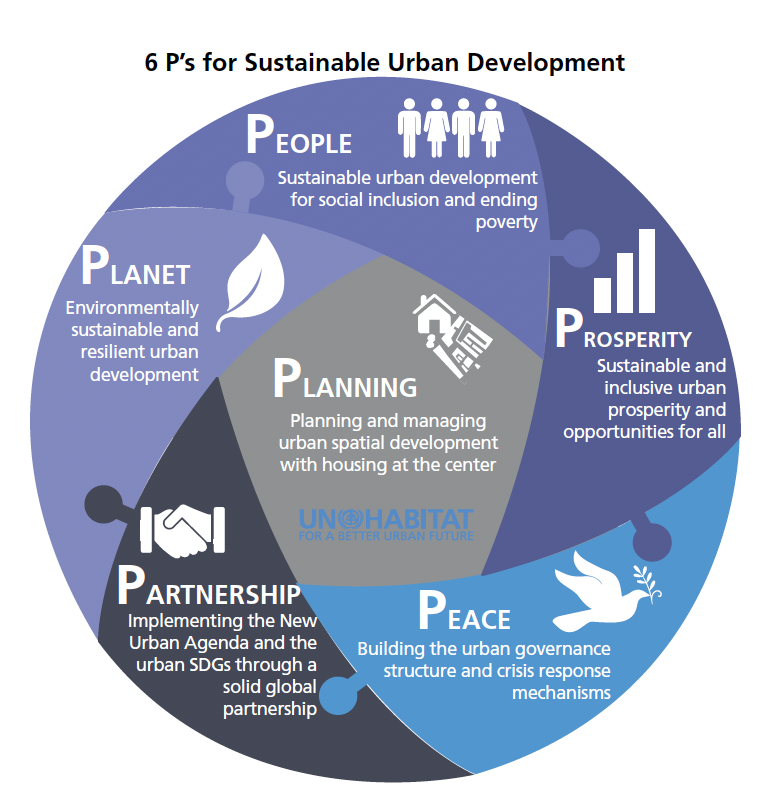
Figure 4: Gamified participatory process based on OCP toolbox
It is relevant to mention that the Ps were contextualised in both cities to better respond to their current challenges. After consultation, Patrimônio (translation to Portuguese of the word ‘Heritage’) was added in Jaboatão as a P symbolising cultural issues. Política Habitacional (Portuguese translation of ‘Housing Policy’) was added in Itaquaquecetuba to mainstream housing issues in the urban planning process. This is in line with OCP Block A on Contextualisation, which adapts the toolbox for the human, physical and financial local capacity and local legal framework.
Localising The 2030 Agenda While Developing Urban Plans
The process of developing urban plans is incomplete without the localisation of agendas. The Our City Plans toolbox helps to connect strategic planning, territorial planning, program and project development, and budgeting cycles.
In the case of Jaboatão, the urban planning process involves the participatory development of a shared vision for the next two decades, known as the vision Jaboatão 450. This plan was developed based on the OCP Strategic Visioning Workshop, and served as a localisation activity for the SDGs as it connected them to the local sustainable development framework by selecting relevant global indicators (Figure 5
Figures 5 and 6
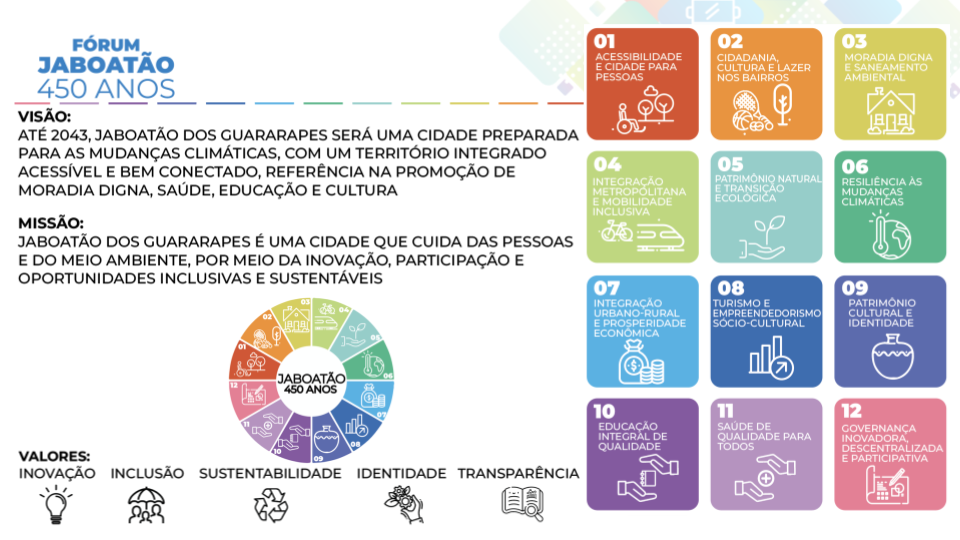
Figure 5: vision Jaboatão 450 for the next two decades 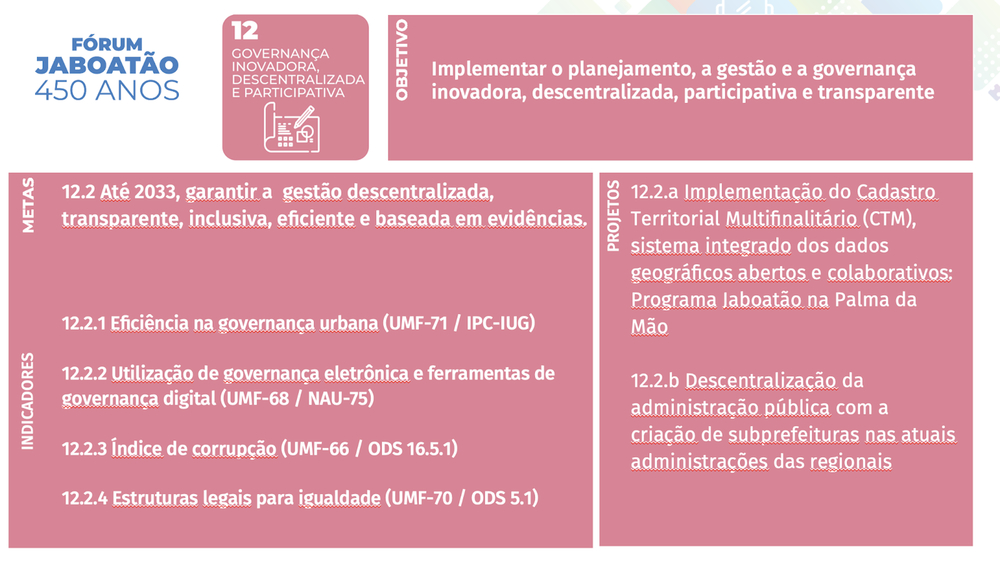
Figure 6: Example of Target of the Jaboatão 450 Sustainable Development Framework, including SDG targets
The Strategic Visioning Workshop from Our City Plans has a published guide to support local governments in the necessary steps to the localization of the SDGs and other global and national agendas in the long-term sustainable development vision of the city (Figure 7).
Figure 7: Framework of global, national and subnational agendas relevant to shared vision – Gorongosa, Mozambique
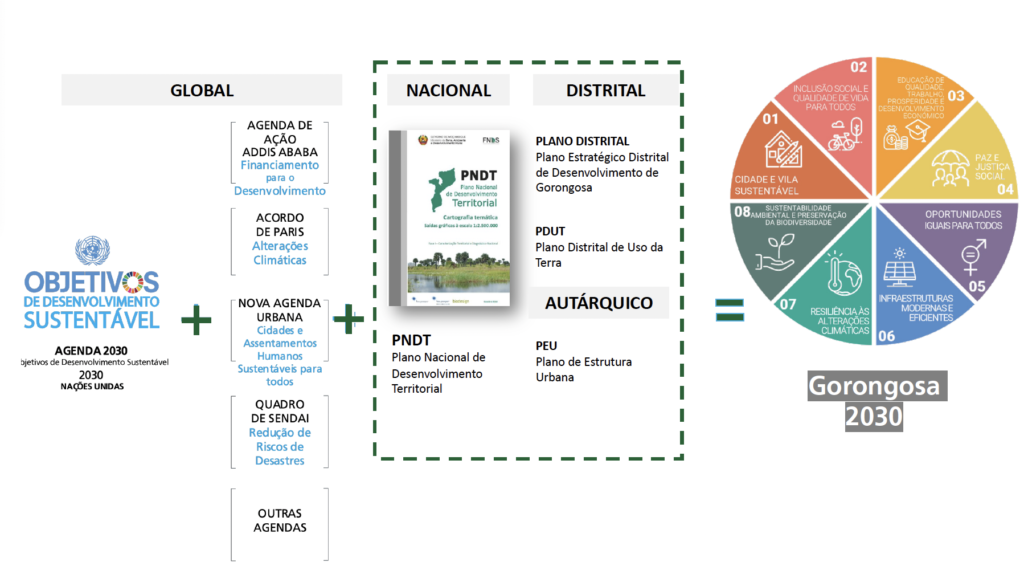
It does not only identify the SDGs at city level but provides a roadmap to sustainable urban development. This is also complemented by the Spatialisation of the Strategic vision activity, which is a participatory effort to map the main issues and proposals that can contribute to the fulfilment of the shared objectives (Figure 8).
As part of the OCP toolbox for SDG localization, the next important step is the Strategic Projects workshop. During this phase, agendas, policies, and plans are put into action through bankable projects with proper budget and resource allocation. It is a gamified process where stakeholders are invited to identify and map the catalytic actions necessary to achieve the targets outlined in the local Sustainable Urban Development framework (Figure 8 and 9).
Figure 8: Example of Target of the Jaboatão 450 Sustainable Development Framework, including SDG targets
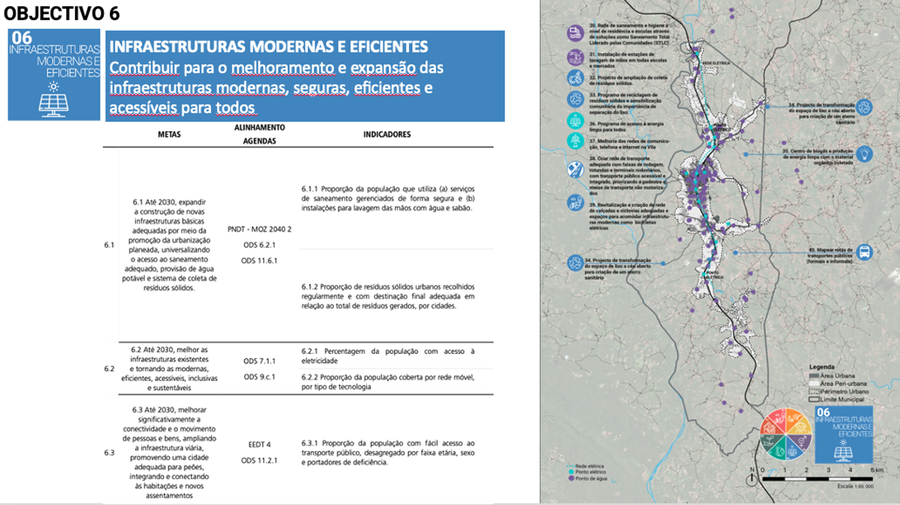
Based on the strategic development plan, more concrete proposals and strategic actions are developed using the Activity 22: Formulation of Strategies and initiatives as well as specific steps on how to achieve the goals and indicators. The strategies must be comprehensive and respond to the challenges and needs identified before, as well as be congruent with the municipality’s capacity for action. Each strategy should propose a series of initiatives (specific actions, projects, programs) that ground it in a more limited scope and purpose, in an identified time-bound.
Figure 9: Example of Ciudad Juarez 2040 Vision, Goal 2 – Strategies and Initiatives
Following the planning phase, the innovative element included in the Our City Plans is the Operationalisation and Implementation of the planning processes. The main objective of those phases is to establish actions and enable mechanisms to facilitate the implementation of the actions and projects proposed by the plan.
In the case of Gorongosa, Mozambique, where the plan was developed in 2021, it is possible to recognise the real impact of the planning process. More than 2,800 students and their teachers were impacted by the better teaching and learning conditions during the construction of 36 new classrooms in six elementary schools in Nhamatanda District.
This initiative is part of the Resilient Infrastructure Project, which is designed to support communities in the Sustainable Development Zone and improve the infrastructure and local school resources. The project is using a gender-inclusive wp-contentroach, training women as technicians to monitor the construction site. They will also serve as female role models in their communities and inspire women, especially girls, to become future construction professionals.
Figure 10: Construction Workshop, Gorongosa, Mozambique – Sep 2023
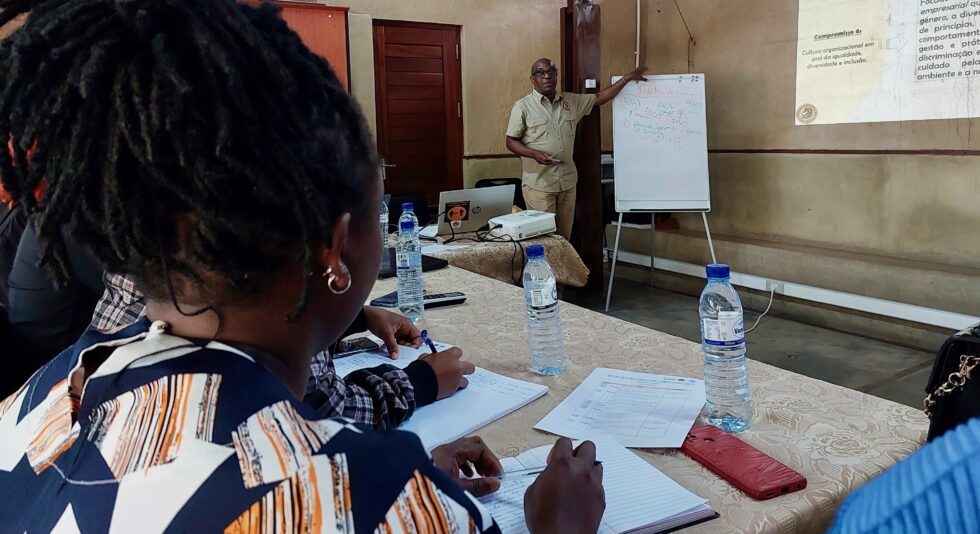
About the authors:
Marcella Guarneri
Architect and urban planner (PUCPR – Brazil), public manager (UENP – Brazil) and Master in urban management and development, specialist in management in infrastructure for green cities (IHS – Netherlands). Since 2016, she has been supporting sustainable urban development projects in several countries, such as Angola, Guinea Bissau, Sao Tome & Principe, Vietnam, Mozambique, Ghana, Côte d’Ivoire, specifically in programmes and projects related to housing, urban policies and urban planning and design. She is currently a Programme Analyst at UN-Habitat’s Planning Finance and Economy Section.
Thomaz Ramalho
Architect and urban planner (USP-Brazil), Master in Urban Planning and International Development (IUAV-Italy) and in Programme Management and Leadership (UNSSC, United Nations).
He has coordinated and developed housing and sustainable urban development programmes and projects in Angola, Brazil, Cambodia, Cape Verde, Ethiopia, Guinea Bissau, Mozambique and São Tomé and Príncipe while working in UN-Habitat, UNDP and GIZ (German Development Cooperation).

